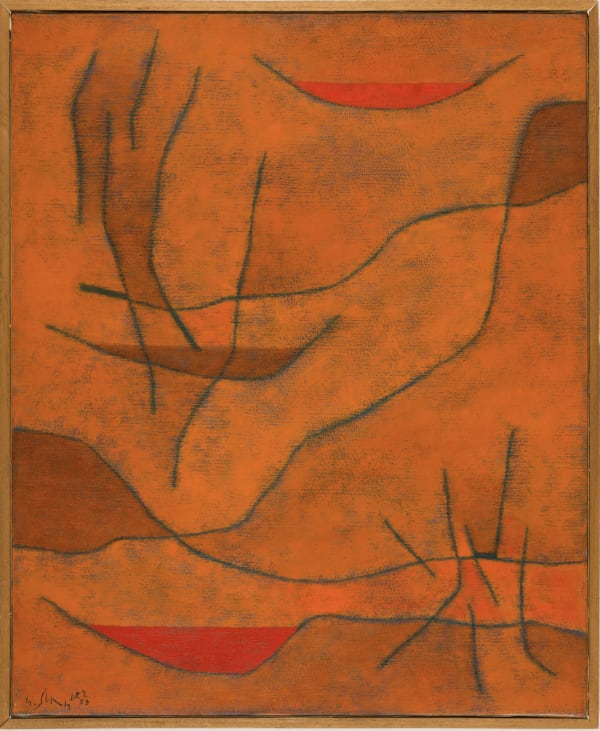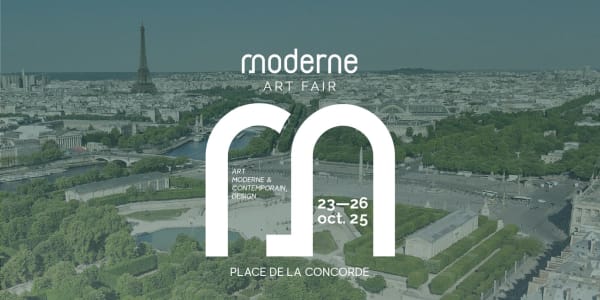Gustave Singier
Gustave Singier was a French-Belgian painter and a key figure in postwar lyrical abstraction. Born in Belgium, he moved to France in 1919. After studying at the École Boulle, he worked as a decorator before turning fully to painting. In the 1930s, he became part of the Parisian art scene and held his first exhibition in 1936. After World War II, he became an active member of the École de Paris and co-founded the Salon de Mai, where he exhibited regularly. He also taught at the École des Beaux-Arts in Paris from 1967 to 1978.
Singier’s work is characterized by colorful abstraction, built on a delicate balance between shape and color. His paintings often suggest interior or imagined landscapes, far from direct figuration. He used a rich, luminous palette, applied in flat areas or rhythmic patterns. Avoiding both strict formalism and raw expressionism, Singier developed a personal, poetic, and structured visual language. His work is now held in major museum collections, including the Centre Pompidou, the Musée d’Art Moderne de Paris, and the Royal Museum of Fine Arts of Belgium.
-

Gesture, texture and colour
Abstractions of the Second School of Paris 14 Nov - 19 Dec 2025In the aftermath of the Second World War, as Paris sought to reassert its place on the international artistic stage, a generation of artists embarked on a profound redefinition of...Read more -

Moderne Art Fair
22 - 26 Oct 2025STAND 116B et 114B An exhibition with Huguette Arthur Bertrand ; Geneviève Asse ; Jean-Michel Atlan ; Roger Bissière ; Camille Bryen ; Louis Cane ; Serge Charchoune ; Olivier...Read more



